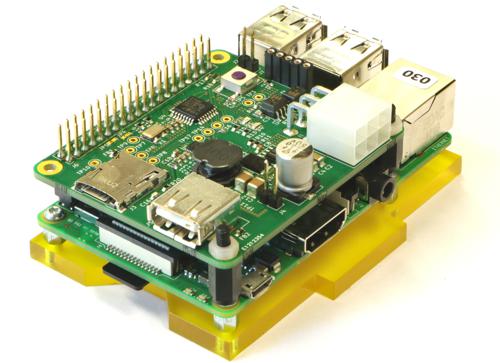Embedded System for GNU/Taler
- Degree programme: BSc in Mikro- und Medizintechnik
- Author: Dominik Wenger
- Thesis advisor: Prof. Andreas Habegger
- Expert: Rico Zoss
- Year: 2020
GNU/Taler is a free software based micro-transaction payment system which ensures the users' privacy. An embedded system is designed to offer the upcoming digital wallet application the possibility to perform payments on vending machines.
Motivation
Mobile banking and mobile payment applications have become very popular and payment systems like Apple pay, Android pay, Libra and many more have gained a lot of attention. Cashless payment generates a lot of detailed data about a user's consumer behavior, which can be of high interest for some parties. By allowing big tech companies to act as payment providers, the economic sovereignty is in danger and every users' privacy too.
GNU/Taler, in contrast, offers a reliable solution. The upcoming payment application allows their users a privacy level, that is comparable with cash. It is completely free, secure, and uses existing currencies.
Goals
This thesis is about the development and testing of a customized embedded system, which realizes the first point of sale application of GNU/Taler. The system is targeted to be installed inside a vending machine and allows mobile payments with QR-Code or NFC.
The control and communication between components inside a vending machine uses the so called MDB/ICP[1] (Multi-Drop Bus / Internal Communication Protocol). A main task of the system development will concern the implementation of the GNU/Taler application as a MDB/ICP cashless device (fig 2).
Results
A first prototype uses a Raspberry Pi to run GNU/Taler. A microcontroller circuit, which implements a MDB/ICP gateway, was developed as an extension board (fig 1). It supports data exchange with the computing module over different interfaces. Beside this core application, it is able to manage the systems power supply, allows data logging on a SD-Card and has a USB-Port to provide live monitoring of the MDB/ICP communication from an external device.
Outlook
As a next step during the bachelor's thesis, the Raspberry Pi will be replaced with an industrial-suited computing module, which unifies the embedded computer and microcontroller on a single chip. Due to a single chip solution, the system will be more compact and thus cheaper.
[1] The MDB/ICP standard: http://www.namanow.org/wp-content/uploads/Multi-Drop-Bus-and-Internal-Communication-Protocol.pdf

